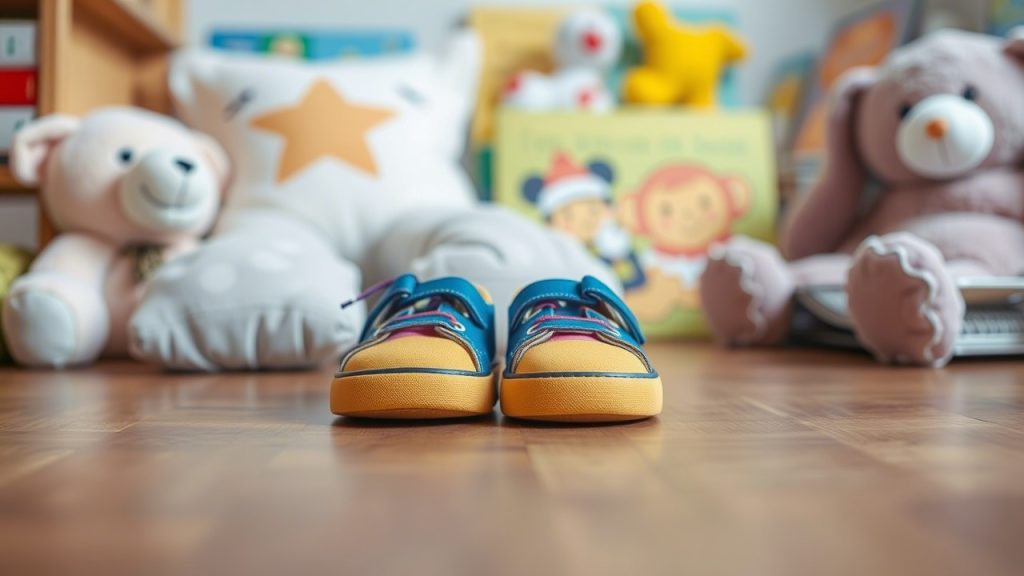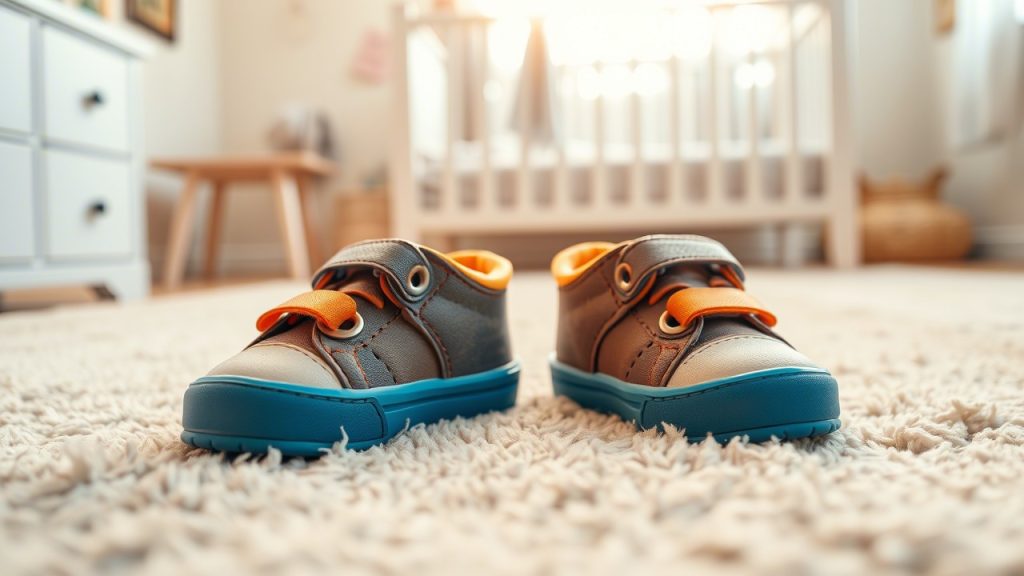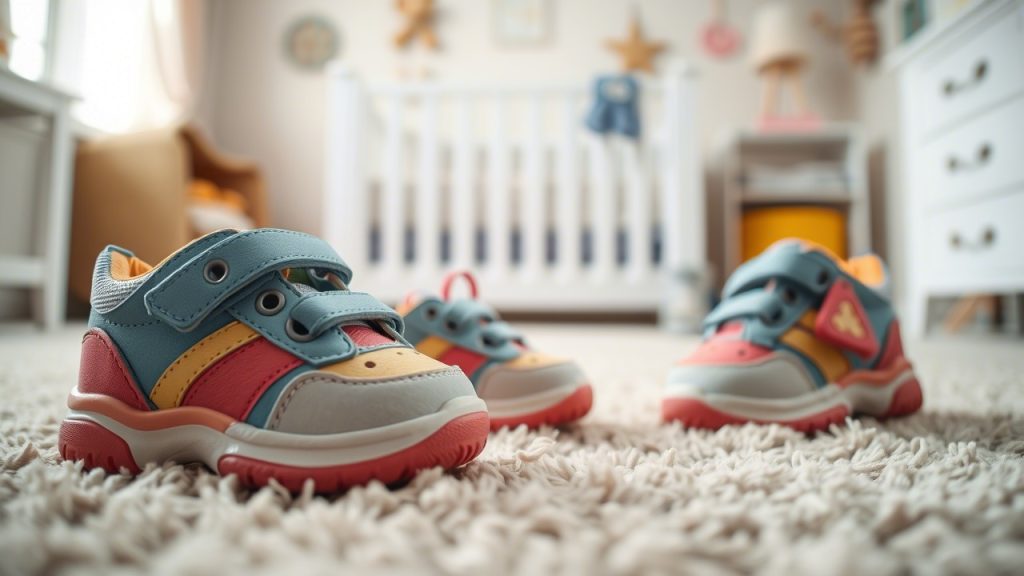As parents, we all want the best for our little ones, especially when it comes to their health and development. One often overlooked yet crucial factor in a child’s growth is footwear. The right toddler shoes can significantly impact posture, balance, and muscle development.
But with so many options available, how do you choose the best shoes to support healthy posture? Don’t worry — we’ve researched for you! We’ll cover the 11 best toddler shoes to improve posture, what features to look for, and answer the most common questions parents have.
Let’s dive in!
Why Posture Matters for Toddlers
Good posture in toddlers sets the foundation for healthy growth, strong bones, and optimal movement patterns. Poor posture can lead to issues like:
- Back pain
- Poor balance
- Decreased athletic performance
- Potential for injuries later in life
Since toddlers are still learning to walk, their shoes must encourage natural movement, proper alignment, and offer just enough support without being too restrictive.
What to Look for in Posture-Friendly Toddler Shoes
Before we jump into the top picks, it’s essential to understand the critical features in posture-friendly toddler shoes:
- Flexible soles: Allow natural foot movement.
- Wide toe box: Gives little toes room to spread.
- Lightweight material: Encourages natural walking.
- Supportive heel cup: Helps align the ankle and foot.
- Breathable fabric: Prevents moisture buildup and discomfort.
- Non-slip outsole: Ensures safety while exploring.
Choosing shoes with these features will promote proper gait development and reduce postural issues.
11 Best Toddler Shoes to Improve Posture
Here’s our curated list of the best toddler shoes designed to boost posture and support healthy development.
1. Stride Rite Soft Motion Frankie Sneaker
Why it’s great:
Stride Rite is known for designing shoes that mimic natural walking. The Soft Motion Frankie Sneaker offers rounded soles to reduce stumbles and a flexible outsole to encourage proper foot movement.
Features:
- Memory foam footbed
- Hook and loop closure
- Flexible, rounded soles
Perfect for: First walkers who need a gentle but supportive start.
2. See Kai Run Stevie II First Walker Sneakers
Why it’s great:
These sneakers boast a wide toe box and flexible rubber sole, allowing the foot to flex naturally. The Stevie II encourages toddlers to build strength and balance.
Features:
- Lightweight and breathable
- Wide opening for easy on/off
- Padded collar and tongue for comfort
Perfect for: Everyday wear indoors and outdoors.
3. Tsukihoshi Racer Toddler Shoes
Why it’s great:
Designed by pediatricians in Japan, Tsukihoshi shoes are incredibly lightweight and feature an antibacterial insole. They’re crafted to support the natural alignment of tiny feet.
Features:
- Machine washable
- Wide fit for natural splaying
- Firm heel support
Perfect for: Active toddlers who love running and jumping.
4. New Balance Kids’ 888 V2 Sneakers
Why it’s great:
New Balance brings athletic technology into toddler shoes with durable support and cushioning, promoting better posture and shock absorption.
Features:
- Dual-density foam
- Durable rubber outsole
- Adjustable closure for custom fit
Perfect for: High-energy toddlers.
5. Pediped Grip ‘n’ Go Adrian Sneaker
Why it’s great:
Awarded the American Podiatric Medical Association Seal of Acceptance, these shoes are designed to support a natural walking motion while strengthening muscles and posture.
Features:
- Flexible rubber sole
- Velcro strap for secure fit
- Breathable leather lining
Perfect for: Toddlers transitioning from crawling to walking.

6. Bobux Step Up Shoes
Why it’s great:
Bobux specializes in toddler footwear based on foot development stages. Their Step Up range promotes natural foot movement, helping toddlers build balance and strength.
Features:
- Super flexible soles
- Eco-leather construction
- Adjustable straps
Perfect for: Toddlers learning to walk outdoors.
7. Native Shoes Jefferson Child
Why it’s great:
If you’re looking for breathable, supportive shoes for summer, Native Shoes are lightweight, water-resistant, and flexible — encouraging better walking posture.
Features:
- Shock-absorbent sole
- Easy to slip on
- Odor-resistant material
Perfect for: Warm weather and water play.
8. Livie & Luca Grip Shoes
Why it’s great:
Known for their unique designs and orthopedic-friendly construction, Livie & Luca shoes support healthy posture with soft, flexible materials.
Features:
- Eco-friendly leather
- Hook and loop closure
- Flexible, grippy sole
Perfect for: Stylish toddlers needing extra comfort.
9. Merrell Bare Steps Sneaker
Why it’s great:
Mimicking barefoot walking, these sneakers promote natural foot development, excellent for posture correction and balance.
Features:
- Extra-wide toe box
- Thin, flexible outsole
- Barefoot design
Perfect for: Toddlers who love outdoor adventures.
10. Robeez Soft Soles Baby Shoes
Why it’s great:
Soft soles promote the best foot and posture development in infants and early walkers. Robeez shoes are perfect for indoor use and early steps.
Features:
- Slip-resistant soles
- Ultra-flexible design
- Elasticized ankle
Perfect for: First-time walkers and indoor use.

11. KEEN Chandler CNX
Why it’s great:
KEEN is famous for making durable footwear. Their toddler range ensures proper arch support and foot alignment for growing feet.
Features:
- Multi-directional traction
- Lightweight mesh upper
- Secure-fit lace system
Perfect for: Active toddlers who love hiking or rough terrains.
7 Frequently Asked Questions
1. What type of shoes are best for toddlers learning to walk?
The best shoes are lightweight, flexible, and have a wide toe box. Look for shoes that mimic natural barefoot walking while offering minimal yet essential support.
2. Should toddlers wear shoes with arch support?
In most cases, toddlers do not need built-in arch support unless prescribed by a pediatrician. Healthy toddlers benefit from flat, flexible shoes that allow their arches to develop naturally.
3. How do toddler shoes affect posture?
Shoes that are too stiff, heavy, or poorly fitted can throw off a child’s natural gait and lead to posture problems. Proper shoes support balanced walking and healthy spinal alignment.
4. How often should I replace my toddler’s shoes?
On average, every 3–4 months or once the shoes show signs of wear or your toddler outgrows them. Fast growth means frequent shoe checks are necessary!
5. Are barefoot shoes good for toddlers?
Yes! Barefoot shoes, or those with very flexible soles and minimal structure, encourage natural walking patterns, stronger foot muscles, and better posture.
6. Is it better for toddlers to walk barefoot at home?
Absolutely. Walking barefoot strengthens the muscles of the feet, improves balance, and supports natural arch and posture development. Just ensure the environment is safe.
7. What shoe size should I buy for my toddler?
Measure both feet (length and width) and choose shoes that allow about a half-inch of space from the toe to the end of the shoe. Fit is more important than age-based sizing charts.
Final Thoughts
Choosing the right footwear for your toddler isn’t just about style — it’s about supporting their entire body structure. The shoes you pick today can prevent future posture problems, enhance coordination, and build confidence in every little step they take.
Each option listed above has been carefully selected for its positive impact on posture, comfort, and quality. Your toddler deserves the best start in life — and the right pair of shoes is a huge step in that journey.





